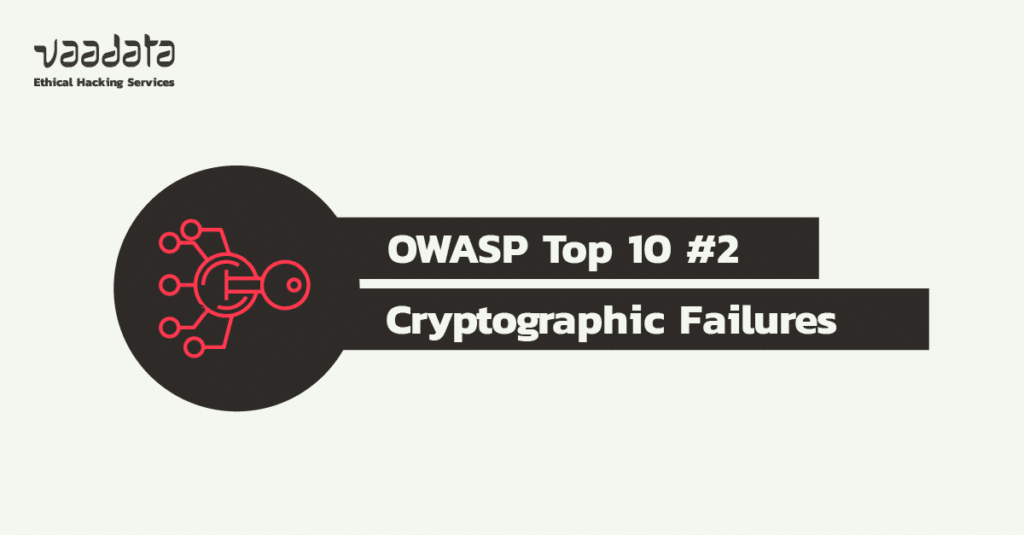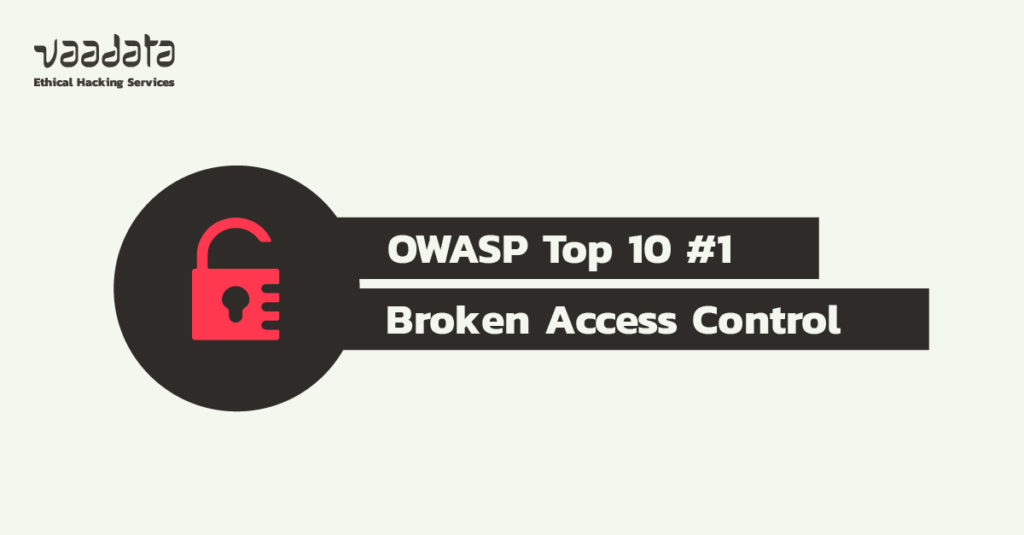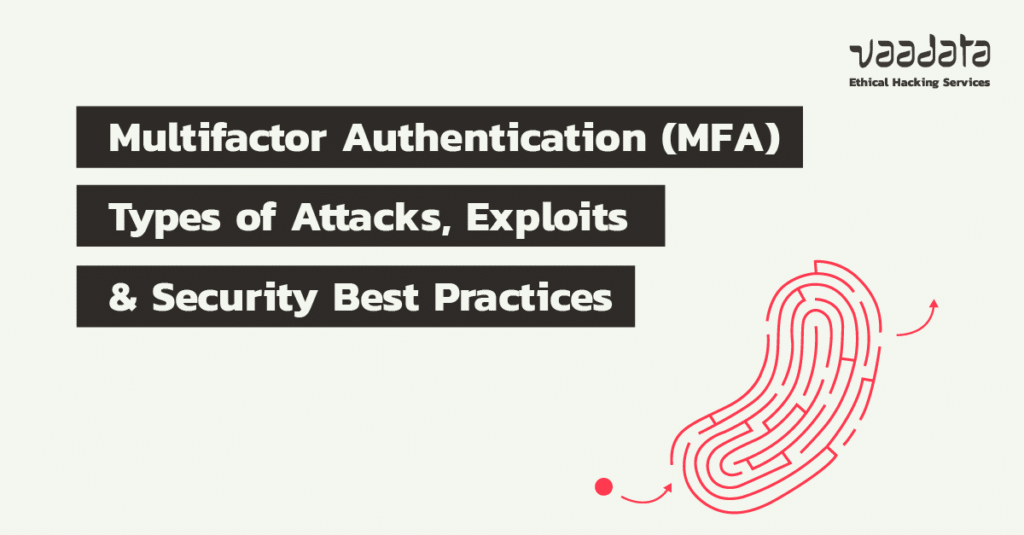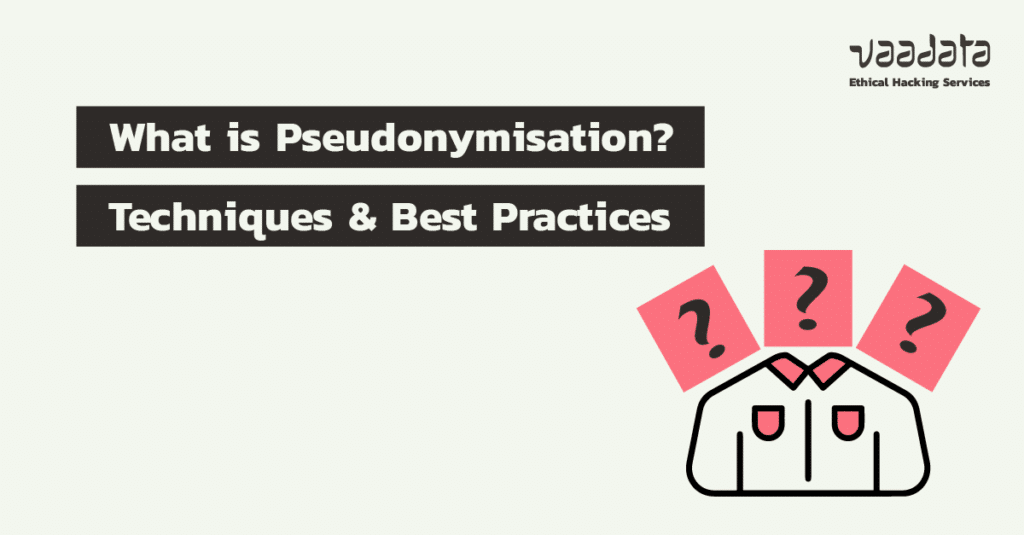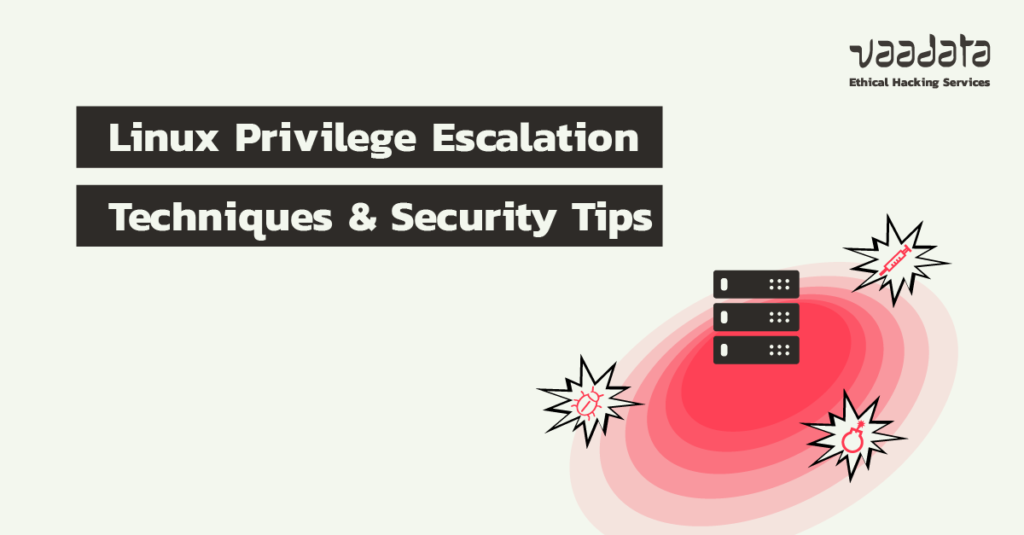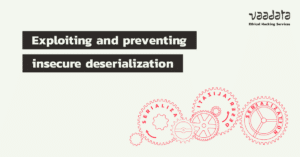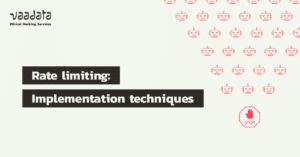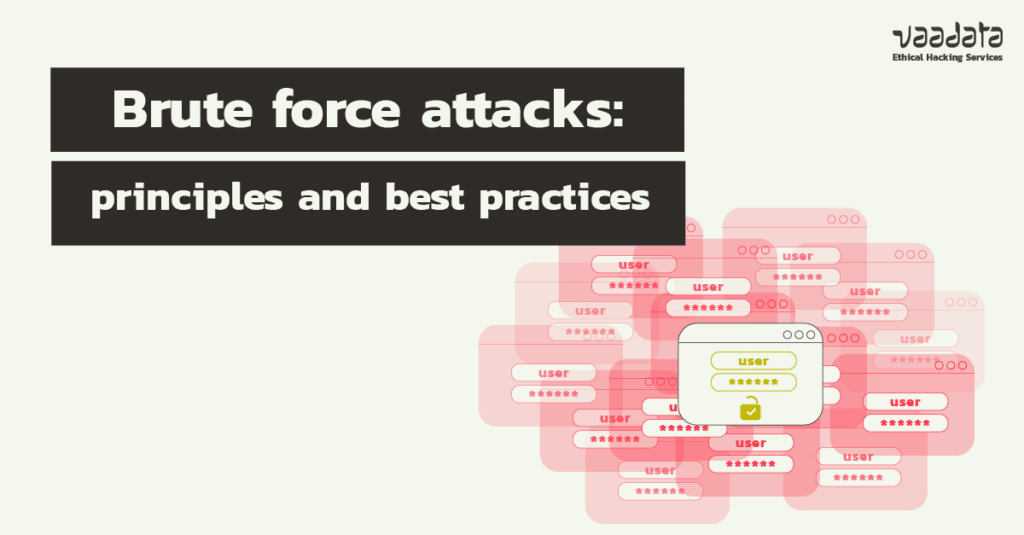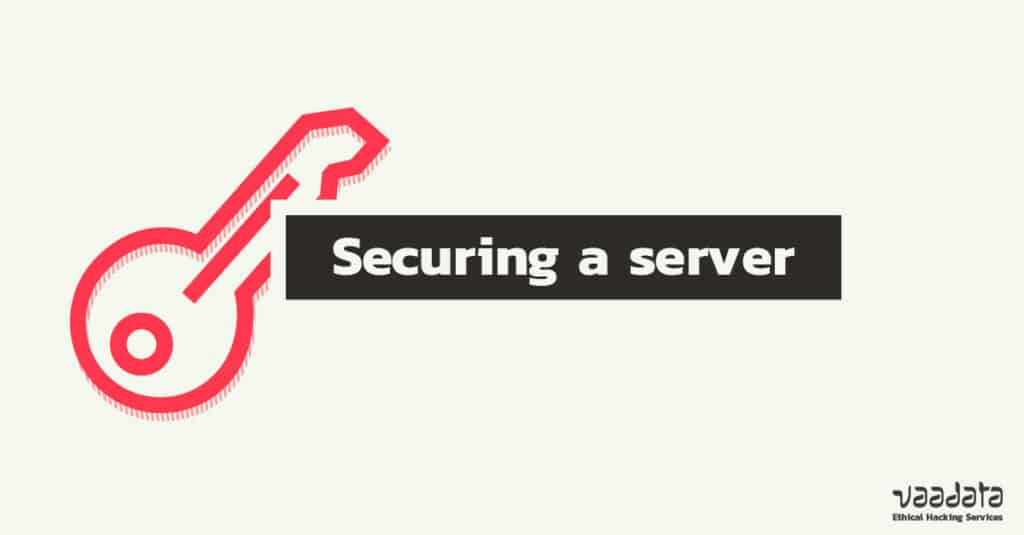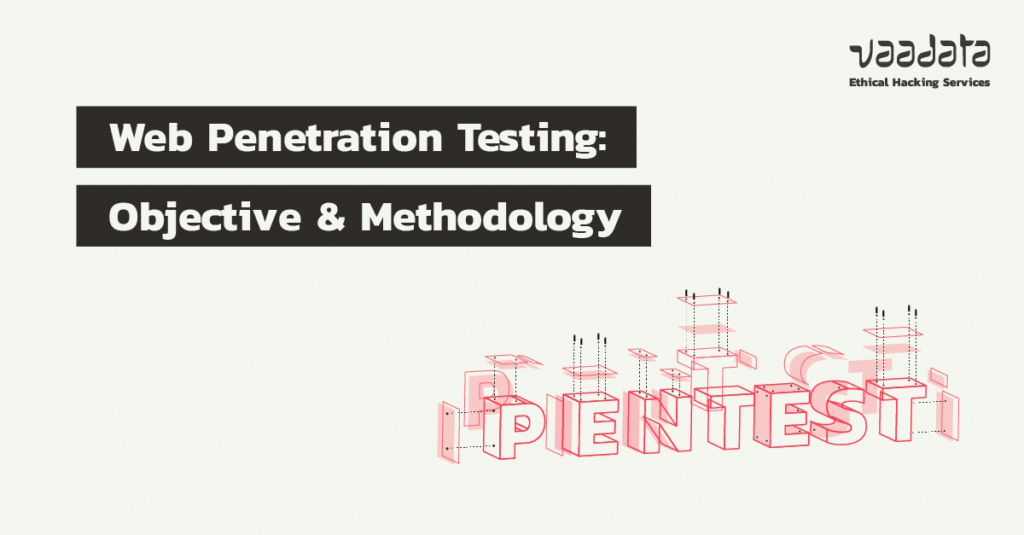
Faced with an ever-increasing number of sophisticated attacks, web application security is a major challenge. Indeed, security is now crucial to reassure customers, build loyalty and convert prospects.
There are several ways of assessing the security of a web application. In this article, we present the “offensive” approach, which we believe to be the most effective: web application penetration testing. We detail the principles and objectives, as well as use cases for black box, grey box and white box penetration tests on various targets.

